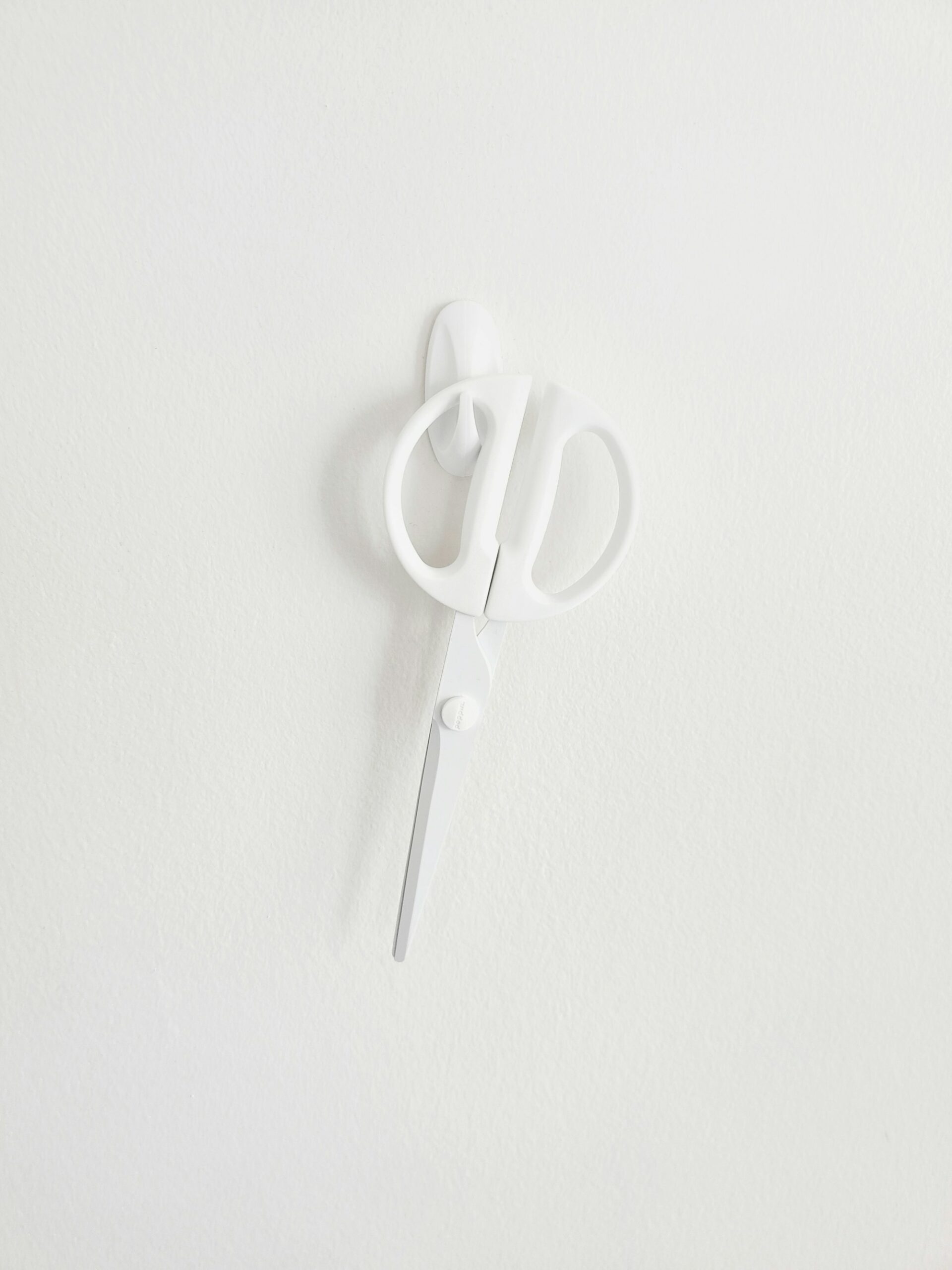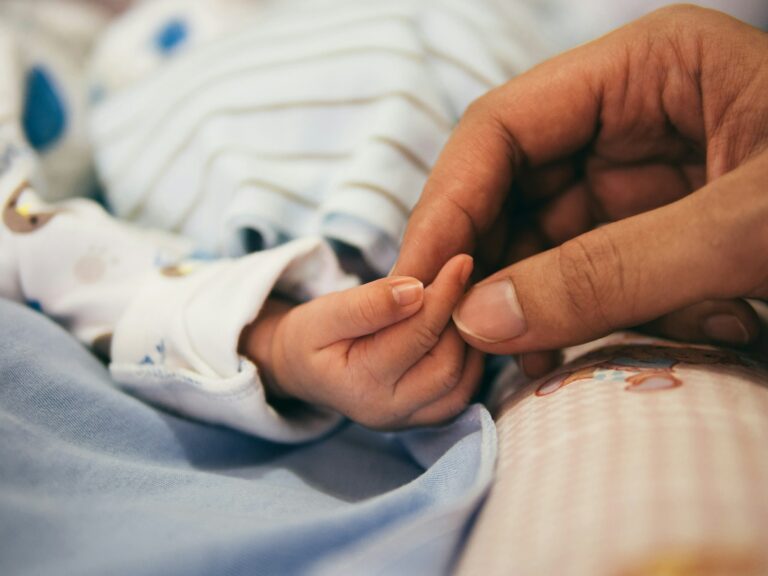Welcoming a child into the world is exhilarating, life-changing—and often accompanied by a thousand questions few people ever think to ask before their own moment arrives. One topic that can catch even the most well-prepared parents off-guard? The episiotomy. You may have heard the term during prenatal visits or whispered among parents swapping birth stories. Should you worry about this surgical cut? Does it really make delivery safer? What about healing—and are there ways to minimize your risk? Let’s explore what science has revealed, what health professionals now recommend, and how you can approach the question with confidence and knowledge.
Understanding episiotomy: facts, myths, and evolution
Defining episiotomy: more than just a “cut”
Picture the final stage of labor: the baby’s head pushes against the perineum—the stretch of tissue between vaginal opening and anus. An episiotomy is an intentional, surgical incision in this area, performed by the provider to help the baby emerge when the body’s natural stretch might not be enough. This perineal incision is delivered under local anesthesia—so discomfort is numbed—and is stitched closed afterward with dissolvable sutures. For decades, many believed this controlled cut was safer than letting the skin tear on its own.
But why the change in perspective? Today, most professional bodies—including the American College of Obstetricians and Gynecologists (ACOG) and the World Health Organization (WHO)—explicitly advise restraint: only specific situations warrant an episiotomy, not every birth.
How did practices shift so dramatically?
The pendulum has swung dramatically over the past forty years. In the 1970s and early 1980s, episiotomy was nearly routine for first-time births in many countries. Why? Health teams believed a surgical cut would lower the risk of severe perineal tears and protect the pelvic floor (the network of muscles keeping pelvic organs in place). Seminal research, including the extensive British study by Jennifer Sleep, flipped this assumption: evidence emerged that routine episiotomy neither prevented serious injuries nor improved long-term outcomes. The tone shifted—rapidly and globally—toward “as needed only.”
When is episiotomy necessary? Indications and professional guidelines
Clinical scenarios: when episiotomy may be performed
Any parent can relate to the desire for a smoother, safer birth. Today, clinicians reach for episiotomy under a narrow set of conditions—primarily when:
- An instrumental vaginal delivery is performed (forceps or vacuum extraction)
- The baby is exceptionally large, approaching or exceeding 4000 grams
- Shoulder dystocia appears: the baby’s head delivers, but shoulders remain stuck
- There’s imminent fetal distress and every second counts
In these moments, a mediolateral incision—angled away from the anus—is considered optimal, because it lowers the odds of a tear extending into delicate anal tissues. Still, in straightforward births, small spontaneous lacerations are often less severe than a surgical cut and heal well.
Professional standards: what do leading authorities say?
The message from global guidelines is consistent: reserve episiotomy for clear, medical indications. Universal organizations—from ACOG to WHO to the National Institute for Health and Care Excellence (NICE)—no longer recommend it as standard. Providers are instead guided to assess each situation individually, recognizing that most vaginal births progress safely without surgical intervention.
Episiotomy versus natural perineal tears: is “controlled” always better?
Not all tearing is equal, and nature sometimes does the gentlest job. When the perineum stretches naturally during a typical first delivery, small surface tears may form—often needing just a few stitches. These superficial lacerations usually heal quickly thanks to the area’s abundant blood supply. Still, in rare cases—such as very rapid delivery or delivery of a very large baby—a severe tear can threaten the anal sphincter. In these instances, and particularly during instrumental deliveries, a properly placed episiotomy can make a meaningful difference in reducing risk.
The physiology of perineal tears: what parents can expect
During a typical birth, the perineum is pushed beyond its usual limits, sometimes stretching over 60%. If left to nature, most tears remain first-degree (skin only) or second-degree (skin and muscle, not the anus). The technique used for repair matters: a skilled healthcare provider can determine the best suture method to minimize pain and promote optimal healing.
What about the most feared injuries—third- and fourth-degree tears? These are rare (fewer than 1% of deliveries in low-risk populations) but are among the considerations clinicians weigh when discussing episiotomy during complicated or high-risk labors.
The episiotomy procedure: from incision to repair
The decision to perform an episiotomy is not made lightly. Typically, it’s carried out when the baby’s head is visible at the vaginal opening—what’s called “crowning.” The provider injects a local anesthetic if needed (or tops up an epidural), then quickly makes a cut 2.5 to 3 centimeters long, usually angled outward (mediolateral), to enlarge the space.
Immediately after birth, absorbable stitches are used layer by layer, closing the vaginal mucosa, muscle, and skin. These sutures dissolve over several weeks, while most healing takes place within 4–6 weeks. Initial discomfort is common, often subsiding with each passing day.
Weighing the benefits: when episiotomy protects
Despite widespread restriction, there are situations where an episiotomy can help. Think of:
- Forceps or vacuum extractions: Instruments require space for safe passage.
- Large babies or shoulder dystocia: Allowing faster, controlled delivery under pressure.
- Acute fetal distress: When seconds matter for oxygenation and safety.
A carefully executed mediolateral incision, in these contexts, may spare deeper, more complicated tears. Such intervention isn’t a “default” posture but an informed decision balancing risks and protective strategies.
Risks and potential complications: what should parents watch for?
Short-term challenges: pain and swelling
It’s natural to wonder: what might recovery look like? Pain, swelling, or even light bleeding are not uncommon after episiotomy. Some women experience a localized hematoma (blood collection), while others may develop infection—especially if perineal hygiene is difficult or healing is slow. Fortunately, diligent hygiene and simple pain management prevent most complications.
Long-term outcomes: scars and pelvic health
Scar tissue forms as with any surgery—rarely, it can lead to residual tenderness or discomfort during sex. Genuine long-term effects, such as persistent pain or pelvic floor dysfunction, are uncommon but not impossible, particularly if the cut or a tear involves the anal sphincter. Open conversation with caregivers can help address and manage lingering symptoms.
Episiotomy or natural tears: which heals better?
Counterintuitive as it may seem, minor spontaneous tears usually heal more predictably than deliberate incisions, provided they are quickly and carefully stitched. The preference for mediolateral over midline episiotomy is underscored by current evidence: angled cuts are far less likely to reach the anal area.
Preventing episiotomy and promoting perineal integrity
Perineal massage: increasing flexibility, lowering risk
Can you do anything before labor begins? Research suggests that targeted perineal massage (from the 34th-35th week) actually helps prep tissue for birth. Using a vitamin E-rich oil like almond or olive oil, gentle daily massage—3 to 10 minutes—can improve elasticity. This hands-on approach enhances body awareness and may even lower the odds or severity of tearing. Some parents feel awkward discussing this—it’s completely normal, but its effects are real.
Additional supportive strategies
Providers often employ warm compresses on the perineum during labor, helping tissues soften and stretch gently. Birthing positions matter, too: sidelying or upright postures reduce excessive downward pressure. Slow, controlled pushing, sometimes coached by a midwife or physician, also makes a difference. When labor is attended by a well-trained team, subtle perineal support maneuvers further decrease tearing risk.
The importance of communication and individualized care
No two births are identical. An open conversation with your healthcare provider about preferences regarding episiotomy, tearing, and postpartum recovery sets the stage for informed, respectful care. Customizing your birth plan based on medical circumstances—while voicing your concerns—empowers both you and your provider.
Episiotomy recovery: healing well and regaining comfort
Timeline and helpful care tips
Healing is a personal journey, but most recover from episiotomy within four to six weeks. Protect the area by rinsing with warm water after using the toilet, pat dry gently, and wear breathable underwear. Cold compresses or sitz baths offer additional comfort in the first days. Over-the-counter pain relief—acetaminophen or ibuprofen—can be safely used.
Recognizing worrisome signs
Be alert for redness, swelling, persistent pain, fever, or discharge with an unpleasant odor. Such symptoms signal possible infection, and immediate medical review is warranted.
Supporting the pelvic floor and returning to activity
Light pelvic floor exercises, commonly called Kegels, promote muscle recovery and function. Resume strenuous activities only after clearance from your provider—healing comes first.
Emotional support: the often-overlooked aspect of recovery
Physical discomfort is not the only challenge. Emotional turbulence, from relief and joy to frustration or sadness, can be intense in those initial weeks. Seeking help—from family, friends, or professional counselors—can make a positive difference. Your well-being truly matters.
Episiotomy rates around the globe: trends, disparities, and influences
Statistics tell a story
Fifty years ago, up to 60% of births involved episiotomy. Today, the numbers have fallen: the United States, France, and the UK report rates below 20%, while some Latin American countries still see rates as high as 90%. These disparities reflect differences in provider training, institutional habits, and regional attitudes toward childbirth interventions.
What drives the rates?
Greater awareness about perineal protection and improved evidence-based practices are accelerating the shift. Hospitals and clinics with strong education on perineal techniques report lower episiotomy rates and better physical outcomes for mothers.
Special circumstances: multiple births, high-risk pregnancies, and instrumental deliveries
Twins, breech positions, or medically fragile babies sometimes require fast, decisive delivery. In such cases, the likelihood of episiotomy rises—not because it’s routine, but because safety comes first. Similarly, when forceps or vacuum are needed, a mediolateral incision may prevent uncontrolled and extensive tears.
Episiotomy and subsequent pregnancies
Does one episiotomy mean you’ll have another every time? Happily, no. A well-healed incision rarely causes problems in later vaginal births. Scars may persist, but repeat episiotomy isn’t automatic. Providers review your history, tailor recommendations, and support perineal protection regardless of prior interventions.
Controversies and evolving perspectives
Overuse, restriction, and patient autonomy
Not so long ago, episiotomy was nearly universal—until research prompted a wholesale re-evaluation. Now, medical communities embrace a case-by-case approach, fostering lower rates and improved satisfaction.
Consent and shared decision-making
Because episiotomy is surgery, informed consent is essential. You should be told about risks, benefits, and alternatives, and your voice deserves to be heard. Institutional customs vary, but the global trend now prioritizes collaborative discussion and respect for each family’s choices.
Science, safety, and supporting confidence
The overall outlook is more optimistic than ever. With modern evidence guiding care, families and clinicians can work together to balance safety, dignity, and well-being throughout the birthing process.
Key takeaways
- The episiotomy is now reserved for specific, medically justified circumstances—not routine use—across most modern healthcare settings.
- Most vaginal births do not require an episiotomy; when small tears happen naturally, they usually heal quickly and predictably.
- Prevention matters: perineal massage, supportive birth techniques, and tailored provider care significantly reduce the risk of needing an episiotomy.
- Discomfort, swelling, or infection can occasionally occur after an episiotomy, but attentive hygiene, comfort measures, and timely intervention curb most complications.
- Talking frankly with healthcare professionals, and knowing what questions to ask, lays the groundwork for safer, more individualized birth experiences.
- Emotional and physical healing should go hand-in-hand—don’t hesitate to reach out for support when needed.
- For tailored advice and free child health questionnaires, download the Heloa app. There are resources and professionals ready to help you and your family thrive.
Every birthing experience is unique. With the right information, proactive conversation, and caring support, you can enter the journey of parenthood feeling empowered and prepared for whatever your birth story brings.
Questions Parents Ask
What are the different types of episiotomy?
There are several types of episiotomy: the most common are mediolateral (angled away from the anus) and midline (a straight downward incision). Less frequently, lateral and modified incisions are used, depending on the individual situation and the provider’s assessment. Each type is chosen based on what is safest for both parent and baby in the moment.
How do you care for an episiotomy after birth?
After an episiotomy, gentle hygiene is essential. You can keep the area clean by rinsing with warm water during each bathroom visit and gently patting dry. Using breathable underwear and loose clothing supports healing and comfort. If you experience discomfort, applying cold compresses or taking sitz baths can be soothing. Pain relief like acetaminophen or ibuprofen may be helpful, but if you notice increased swelling, persistent pain, or any signs of infection (redness, discharge, fever), it’s important to reach out to a healthcare professional. Most recoveries go smoothly with a bit of patience and attentive self-care.
What are the possible complications to watch for after an episiotomy?
While healing is usually straightforward, some parents may face minor issues such as swelling, bruising, or mild discomfort. Rarely, complications like infection, bleeding, hematoma (a collection of blood), or prolonged pain can develop. If you notice bad-smelling discharge, persistent redness, worsening pain, or fever, it’s important to seek medical advice without delay. Remember, most issues have solutions—open communication with your care team helps ensure a smoother recovery.
Further reading:









